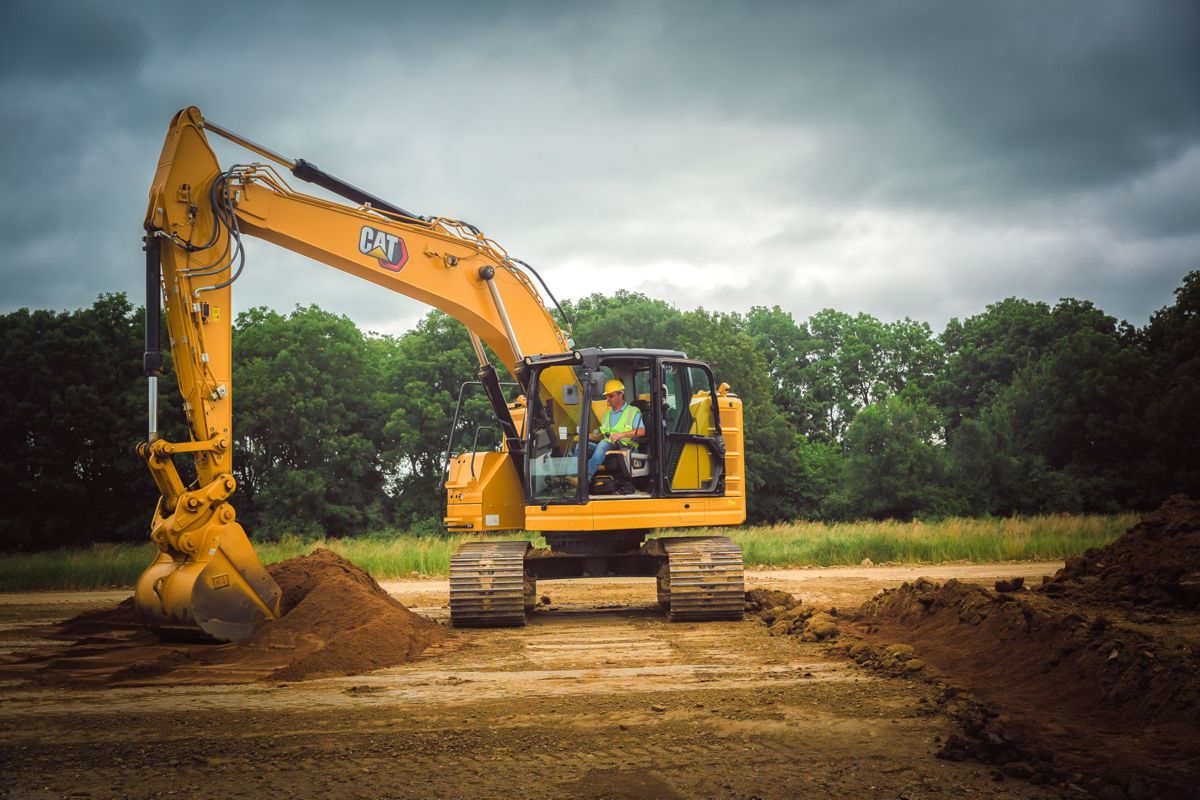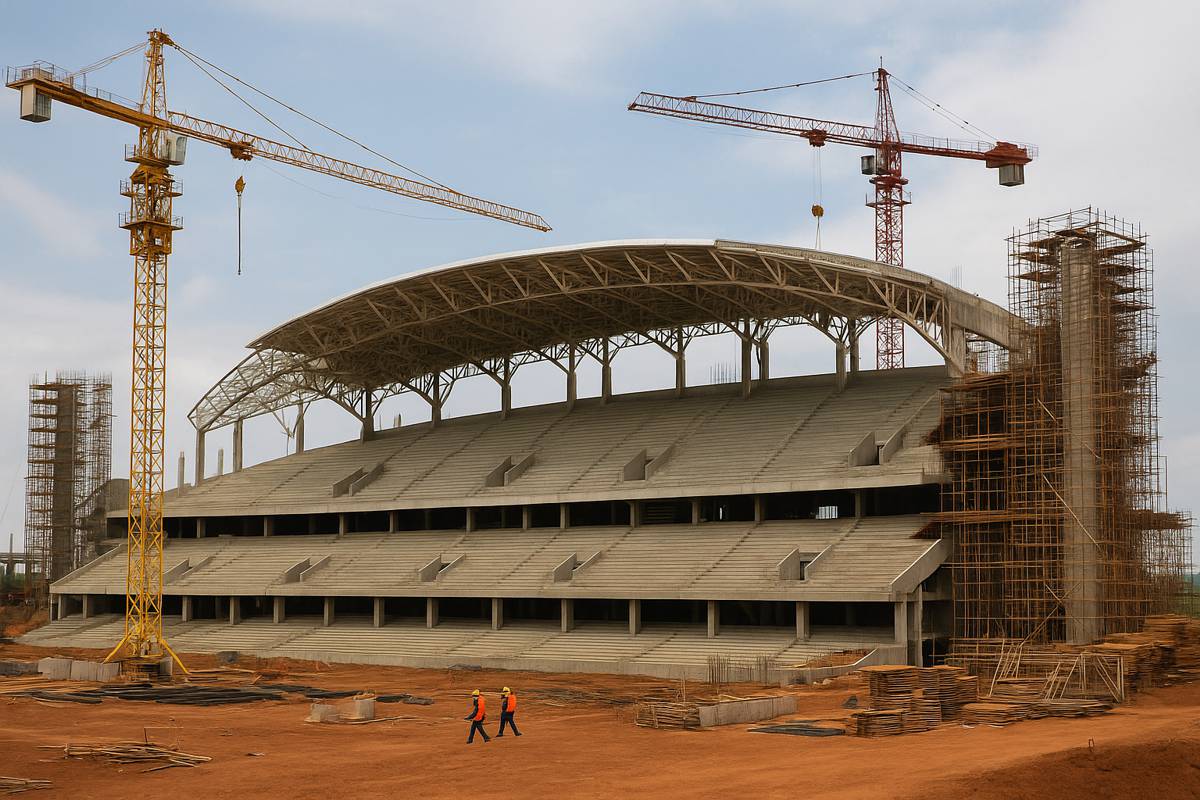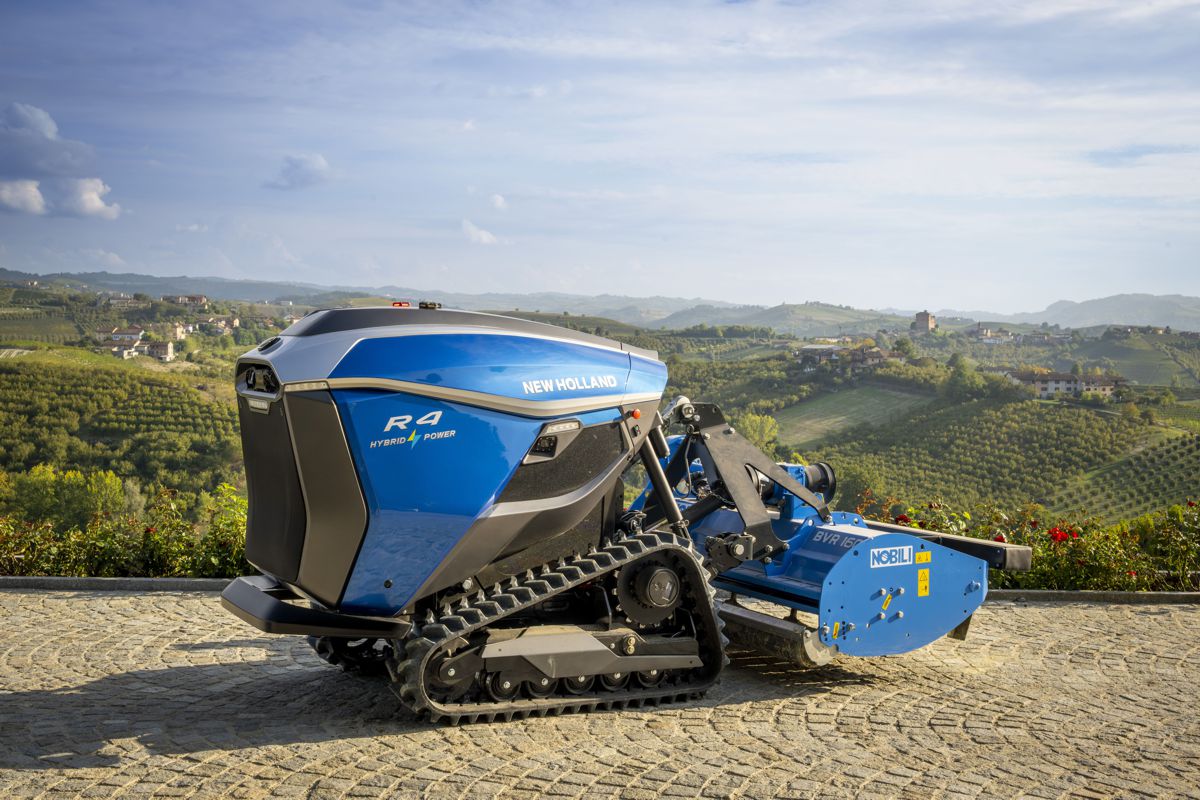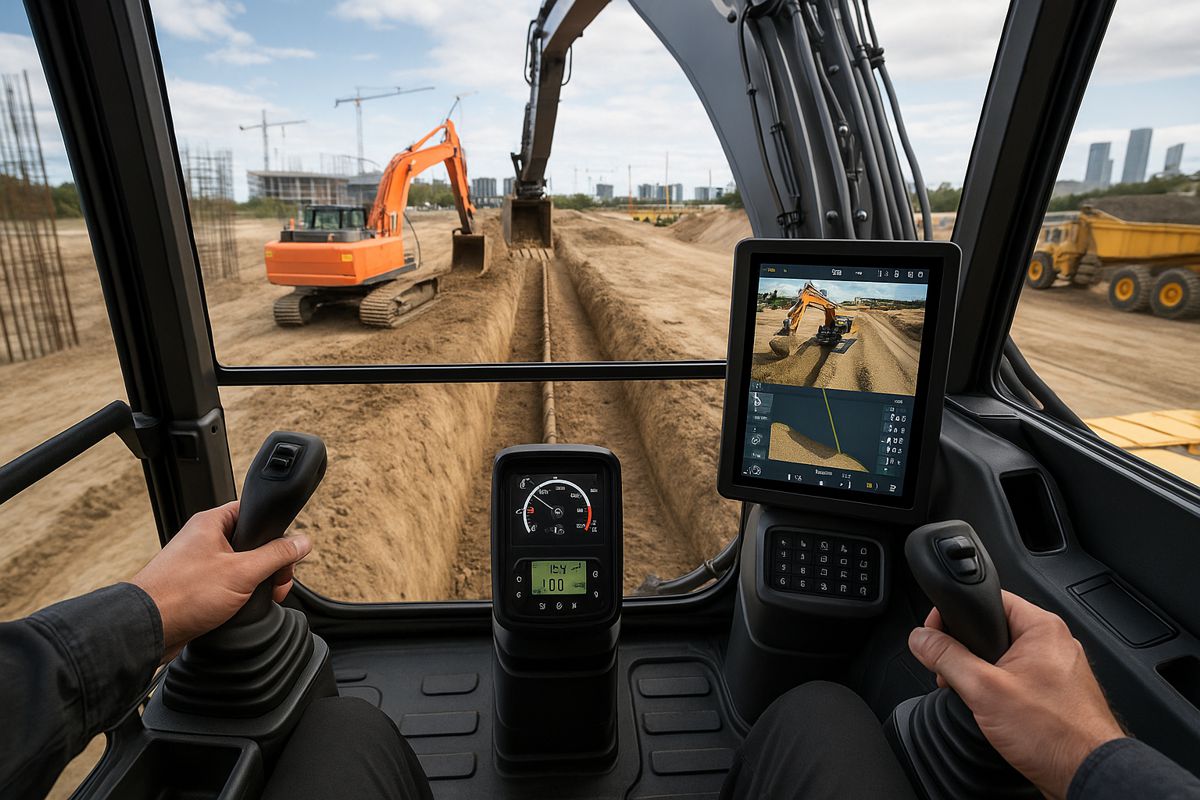Building Tomorrow with the Top Construction Industry Trends for 2025
The construction industry is on the cusp of a transformative shift, with emerging technologies and data-driven solutions set to redefine how work is planned, executed, and monitored.
Trimble, a leader in construction tech, has shared insights on the industry’s top trends for 2025, pinpointing areas like AI, interoperability, and safety. Each prediction reflects the potential for smarter, safer, and more efficient project sites. So, let’s dig into what lies ahead for the construction world.
AI and Machine Learning: Revolutionising Efficiency and Decision-Making
Artificial Intelligence (AI) and Machine Learning (ML) have shown an unparalleled capacity to automate tasks and enhance decision-making processes. According to Trimble’s recent survey, 59% of respondents see AI/ML as one of the biggest trends in construction by 2025. It’s no wonder—these tools streamline operations, reduce costs, and boost productivity across all stages of construction.
The practical applications of AI/ML in construction are vast. Imagine project management where data from previous builds informs more accurate timelines and budgets, or safety measures that rely on predictive analysis to anticipate and mitigate risks. AI’s power lies in its ability to adapt, learn, and provide real-time insights. As Aviad Almagor, VP of Tech Innovation at Trimble, notes: “AI/ML will continue to streamline the construction industry, creating more efficient, cost-effective, and safer construction projects.” The construction industry’s shift to AI isn’t just about convenience; it’s a strategic move to deliver results faster and more accurately.
Seamless Technology Integration: Bridging the Digital Divide
Contractors are increasingly relying on tech solutions to manage diverse aspects of their projects. Yet, the challenge remains—getting these technologies to communicate effectively. With tech vendors working towards a connected data environment, 59% of survey respondents believe technology integration will be essential in 2025. This interoperability is a game-changer for contractors struggling to pull data from various systems in a unified format.
Imagine a scenario where design, procurement, and project management software share data seamlessly. This would allow for fewer redundancies and improved decision-making across teams. “Technology integration will be one of the biggest themes in 2025,” Chris Peppler, VP of Platform & Product at Trimble, explains, adding that overcoming current integration challenges will unlock unparalleled efficiencies for contractors.
Precision in Positioning: GNSS Advances Amid Solar Threats
Precision in positioning is critical for today’s construction sites, and Trimble foresees even greater accuracy in Global Navigation Satellite System (GNSS) technology. Innovations have made GNSS more robust and reliable, particularly for challenging environments. As 2025 approaches, contractors are advised to stay prepared for increased solar activity, which could disrupt positioning signals even in mid-latitude areas.
Elwyn McLachlan, VP of Civil Solutions at Trimble, explains: “GNSS consistency will take on extra importance in 2025,” advising contractors to assess contingency options now to safeguard productivity. Accurate positioning is essential to streamline workflows, reduce errors, and maintain the precision modern projects demand.
Data Integration for Mixed Fleets: Expanding Capabilities and Efficiency
With diverse machinery on construction sites, data compatibility across equipment is crucial. Trimble’s expanded venture with Caterpillar promises to make mixed-fleet data management a smoother process, with integration possibilities for all equipment brands by early 2025. This advancement allows for real-time data flows across mixed fleets, aiding contractors in better decision-making and operational efficiency.
Moreover, compliance with ISO mixed-technology fleet standards enables easier cross-compatibility. Scott Crozier, Trimble’s VP of Civil Construction, notes that streamlined data sharing will empower contractors to maximise their use of machinery, ultimately optimising project performance and reducing operational bottlenecks.
Enhancing Worksite Safety with Advanced Technology
Safety is a top priority in construction, and technology advancements are making worksites safer than ever. Innovative tools like layout devices, mobile mapping systems, and drones are transforming safety protocols. Affordable and versatile, these tools are vital for proactive asset management, helping crews identify hazards and inspect sites without stepping into risky zones.
According to Khrystyna Bezborodova, Trimble’s Product Manager for Feature Extraction: “Getting safety information and incident reporting off of paper and into a digital format allows reporting that can minimise incidents.” With the increased adoption of drones, reality capture, and digital reporting, safety in 2025 will see marked improvements, reducing accidents and enhancing operational efficiency.
Reality Capture: Aligning Project Vision and Reality
Reality capture has become an essential part of construction planning, offering accurate 3D models and visuals that keep all teams on the same page. In 2025, reality capture technology will become even more accessible, with smartphones and tablets equipped to capture high-quality scans. This innovation allows contractors, architects, and project owners to visualise progress in real-time.
Nathan Patton, Product Marketing Manager for Field Systems at Trimble, highlights the power of a unified visual narrative: “Reality capture data aligns everyone’s efforts towards a common goal, thereby enhancing efficiency and reducing conflicts.” By using mobile devices for capture, reality capture will democratise data, bridging gaps between teams on- and off-site.
Labour Shortage: Easing Workforce Gaps with Automation
The construction industry’s labour shortage is a pressing issue, one that technology can alleviate in part. Over 54% of Trimble’s survey respondents identified the workforce gap as a challenge they expect to continue in 2025. Automation offers a solution, allowing contractors to optimise output even with fewer hands on-site. Innovations in learning labs, task automation, and efficient data analysis can also attract younger talent to the field.
Scott Crozier of Trimble notes that: “task automation will continue to deliver value” helping contractors meet demand without overburdening existing staff. By 2025, more autonomous technologies will be trialled on real sites, offering relief to companies feeling the pinch of labour shortages.
Subscription-Based Models for Technology Access
Subscription services for software, hardware, and support are steadily gaining traction in construction. Contractors are opting for subscription models that maximise their budgets without requiring substantial upfront investment. This shift allows for continuous access to cutting-edge technology, regardless of project size or location.
Elwyn McLachlan remarks that subscription models have proven valuable: “They’re a way for contractors of all sizes to maximise both their budgets and their technology investments.” As subscription options mature, they’ll provide more flexible access to resources that keep contractors competitive in an ever-evolving industry.
Robotics, Automation, and Autonomy: A Vision of the Future
Robotics and autonomous machinery have steadily entered the construction world, enhancing efficiency and precision. In 2025, field trials of autonomous machines will become more common, offering data collection, predictive insights, and labour-saving solutions. By reducing human workload, robots and automation streamline operations and help address pressing productivity issues.
Trimble’s Nathan Patton explains that these technologies offer more than just physical assistance—they improve data visibility, giving companies insight into daily operations that can drive better decisions. With continued advancements, autonomous tech is set to redefine construction workflows.
Architectural Design and AI-Driven Collaboration
Design and modelling tools are evolving rapidly, with AI enhancing the creative process. In 2025, AI-powered design tools will simplify tedious tasks, giving architects more room to focus on creativity and client satisfaction. These tools not only offer a way to visualise projects in real-time but also foster collaboration across remote teams.
Sumele Adelana, Trimble’s Product Marketing Leader, suggests that AI is increasingly integral to efficient design: “These AI-powered tools streamline tasks so creatives can focus on making sound design decisions.” By embracing AI, architects and designers can streamline workflows, from initial concepts to detailed models.
Building a Safer, Smarter Future
The future of construction holds remarkable promise, driven by a blend of AI, enhanced interoperability, and cutting-edge safety technology. As Trimble’s predictions reveal, contractors and developers willing to embrace these advancements will gain a competitive edge.
From precision positioning to automated workflows, 2025 is set to be a landmark year, unlocking efficiencies and fostering a more connected, safer, and innovative construction landscape.




















